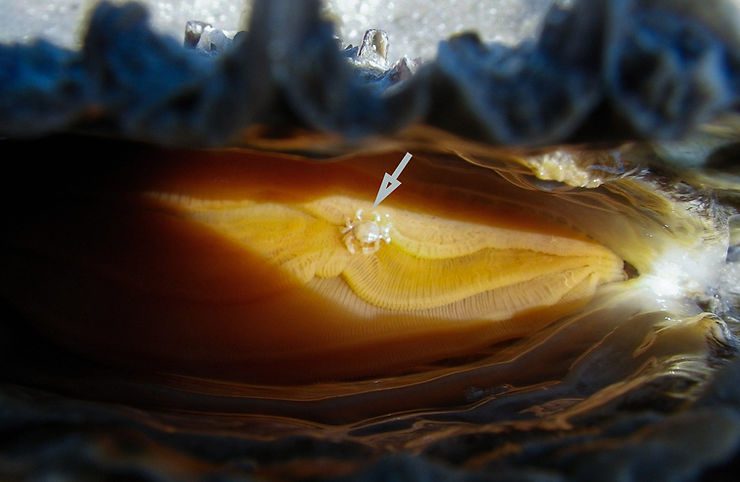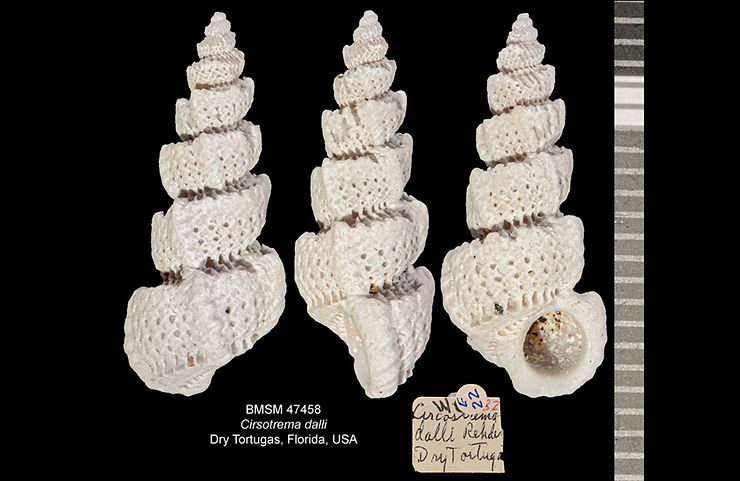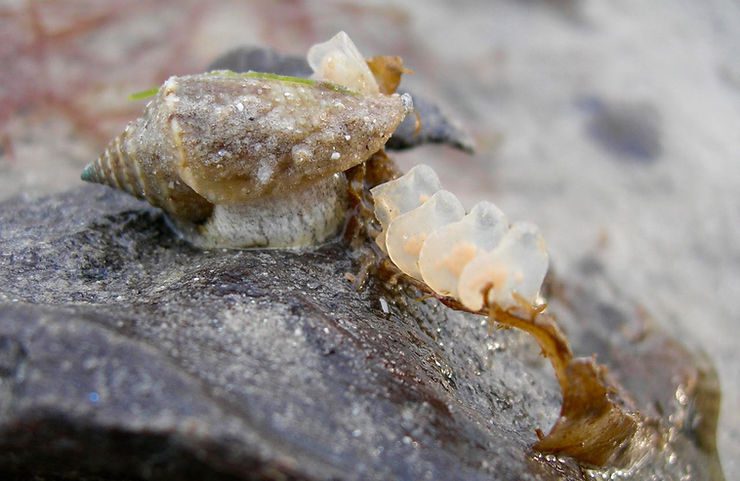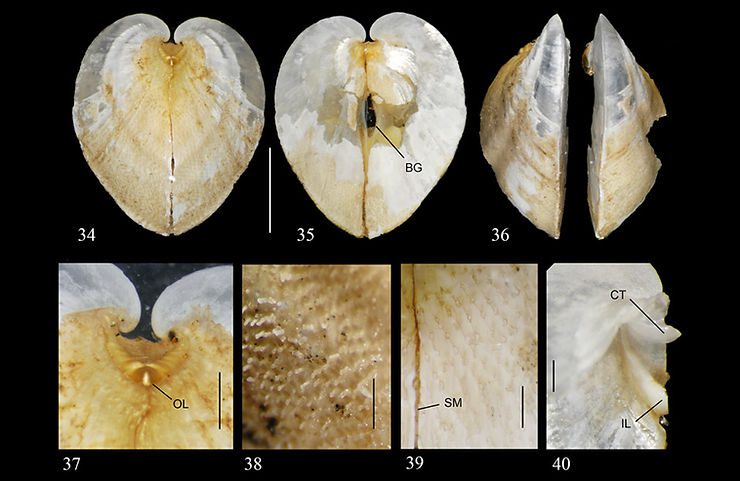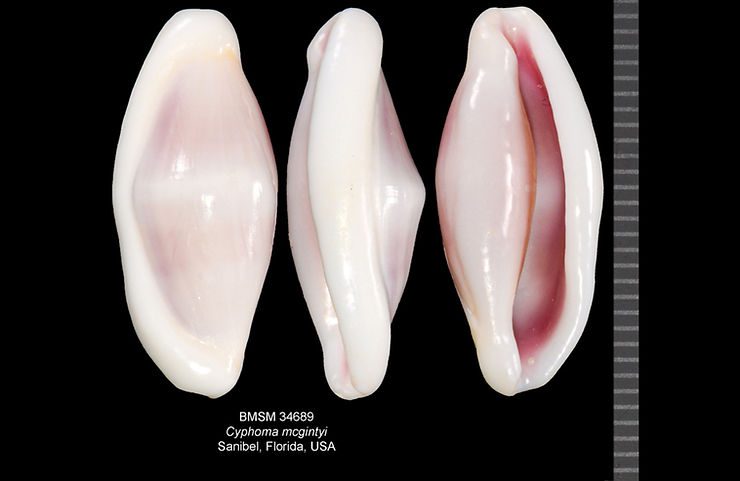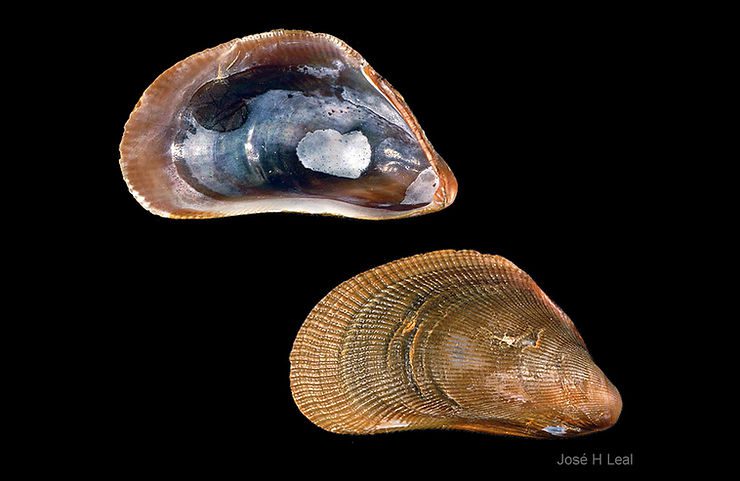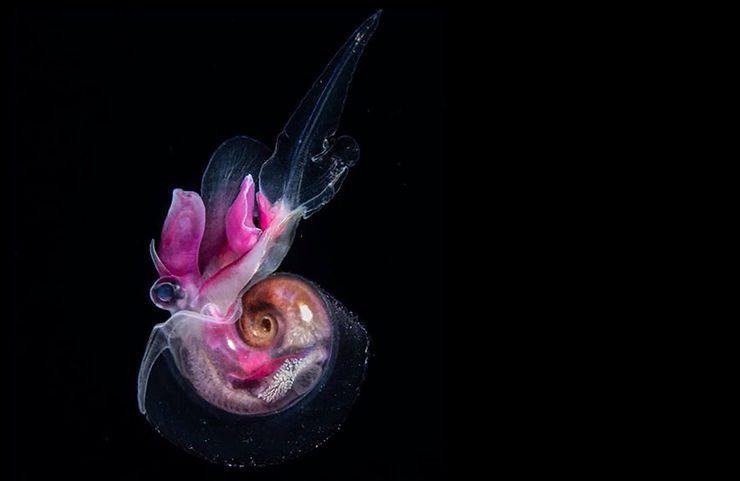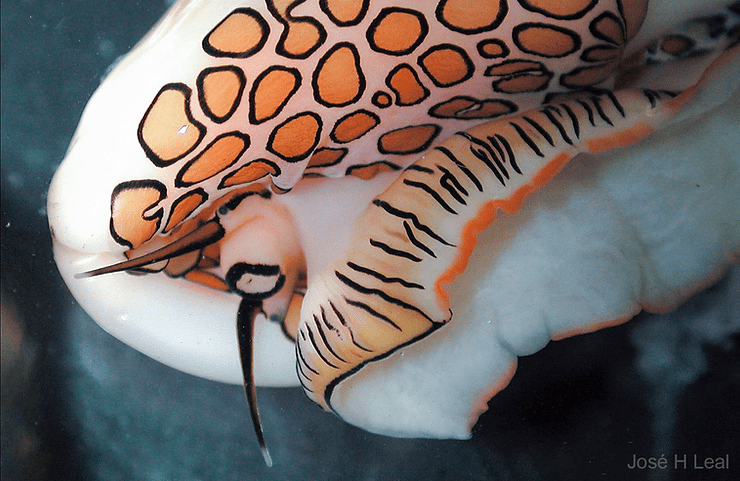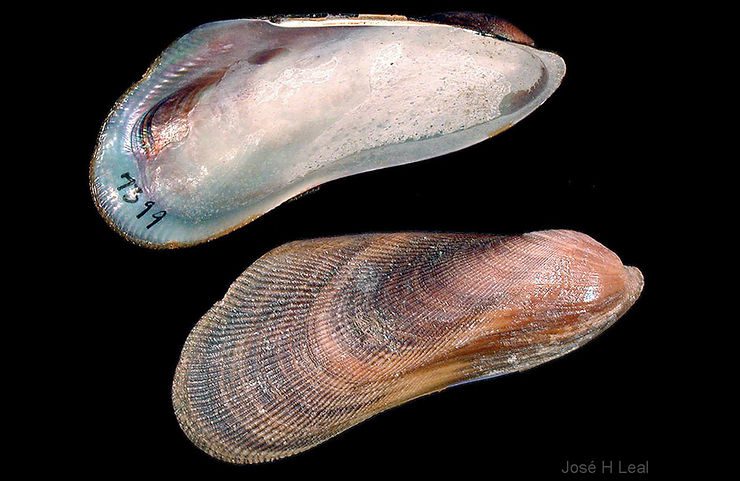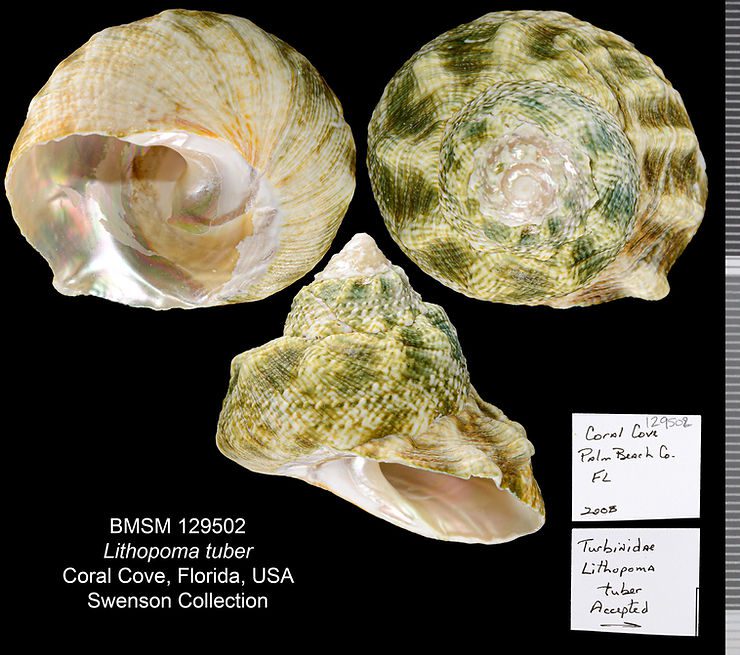
Shell of the Week: The Green Star Snail
Up to this day, for the past seven years I have been covering mostly Sanibel and Captiva mollusks and their shells. Today, I am expanding the “Shell of the Week” column to include species found elsewhere in Florida. Let’s start with the Green Star Snail. Lithopoma tuber (Linnaeus, 1758). The species has a thick, heavy shell that may exceed 75 mm (3 inches), and is covered with a simple sculpture of raised knobs and finely etched, intersecting lines. But the eye-catching feature of this shell is
